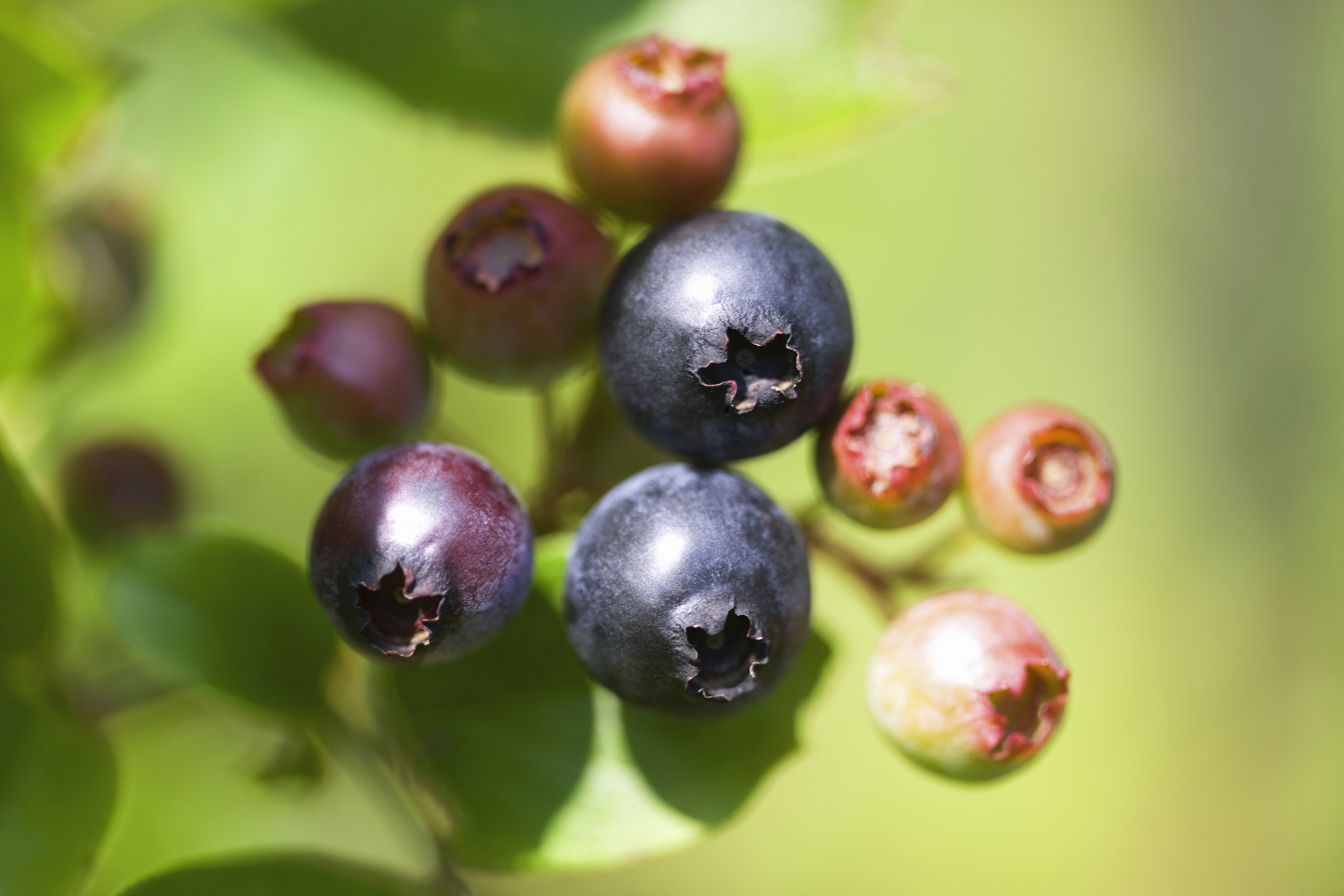USHBC to fund US$1M+ in blueberry health studies in 2016
The U.S. Highbush Blueberry Council (USHBC) has been no stranger to health research funding in recent years and 2016 will be no exception.
Speaking with www.freshfruitportal.com, USHBC executive director Mark Villata said the choice of studies would likely be decided in May, with almost all projects dedicated to human trials.
“We’re moving up a step from the test tube type of studies to actual human studies which will give us a lot more information and a much stronger story,” Villata said.
The USHBC spent close to US$700,000 on health research related to the antioxidant-rich fruit last year.
“We actually sent out requests this year for health research proposals and we’ve received 32,” he said.
“It’s pretty exciting – we’ll be spending over US$1 million this coming year on health research, so it’s a very important part of our program.
“They’re still in the process of being reviewed so I can’t give details, but a lot of them deal with metabolic syndrome and diabetes, and gut health is another area that’s getting more interest so we’ve got that in there as well.”
According to IRI FreshLook, U.S. fresh blueberry retail sales rose 7% last year to reach US$1.5 billion, while for frozen product the figure rose 4.2% to US$189.6 million.
“I think [we’ll see] something along the same lines. The demand continues to be strong, consumer interest is as keen as it ever has been,” Villata said.
“Right now it looks like a normal set-up to the year, I haven’t heard of any issues with the winter causing any concerns. It seems like everything’s running at a normal pace,” he added when asked about conditions for the upcoming campaign.
Villata highlighted a range of marketing initiatives coming up this year, including a “boot camp” at the Culinary Institute of America in Napa, California.
Designed as a way for chefs to learn about how to use blueberries, there will also be a session for foodservice directors from schools, now in the second year running.
“One factor is we’re celebrating the 100th anniversary of blueberries this year so we’ll be doing some activities in the summertime, some radio work and such to pump up the message about that,” he said.
“Our basic consumer program is continuing with the health message – the little changes that can make a difference to your health, incorporating blueberries into those little changes.
“Also working on foodservice is an important part of the program – we’re looking at doing some promotions with some chain restaurants in the coming year,” he said, adding the USHBC had worked with the chains Wendy’s and Black Angus last year.
Export will also be an important focus, in fresh, frozen and processed blueberries.
“There will be a little bit more work on the export markets as well, primarily Japan and South Korea, trying to encourage more blueberry consumption in those markets,” Villata said.
“In Japan it’s fresh and frozen. In Korea it’s just a limited amount of fresh because it’s just Oregon that ships fresh into Korea, but Korea is becoming a very big frozen market,” he said, adding these two countries’ per capita consumption was probably half that of U.S. levels.
And with the International Blueberry Organization (IBO) Summit set to take place in Argentina and Uruguay this year, Villata was positive the forecast production increases from both countries – due to plantings of more productive varieties – would be able to find markets.
“Even with the increases that we’ve seen in blueberry consumption, we’re still below a lot of other fruits so if we can get a bigger share of that stomach, and I think it can be done, I think there’s room to grow all the way round.
“There is not a lot of per capita consumption in international markets so a lot of the work we do overseas will take up a lot of that production as well.”
03/22/2016
Fresh Fruit Portal







